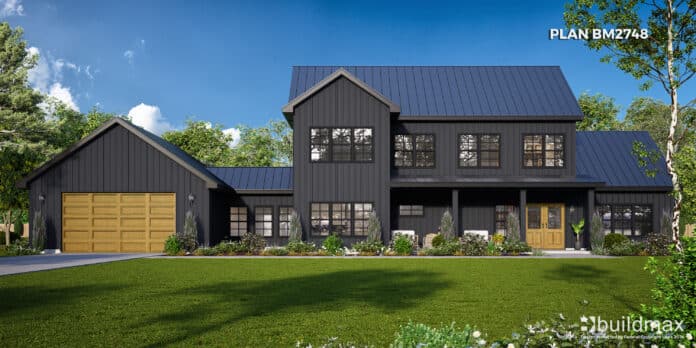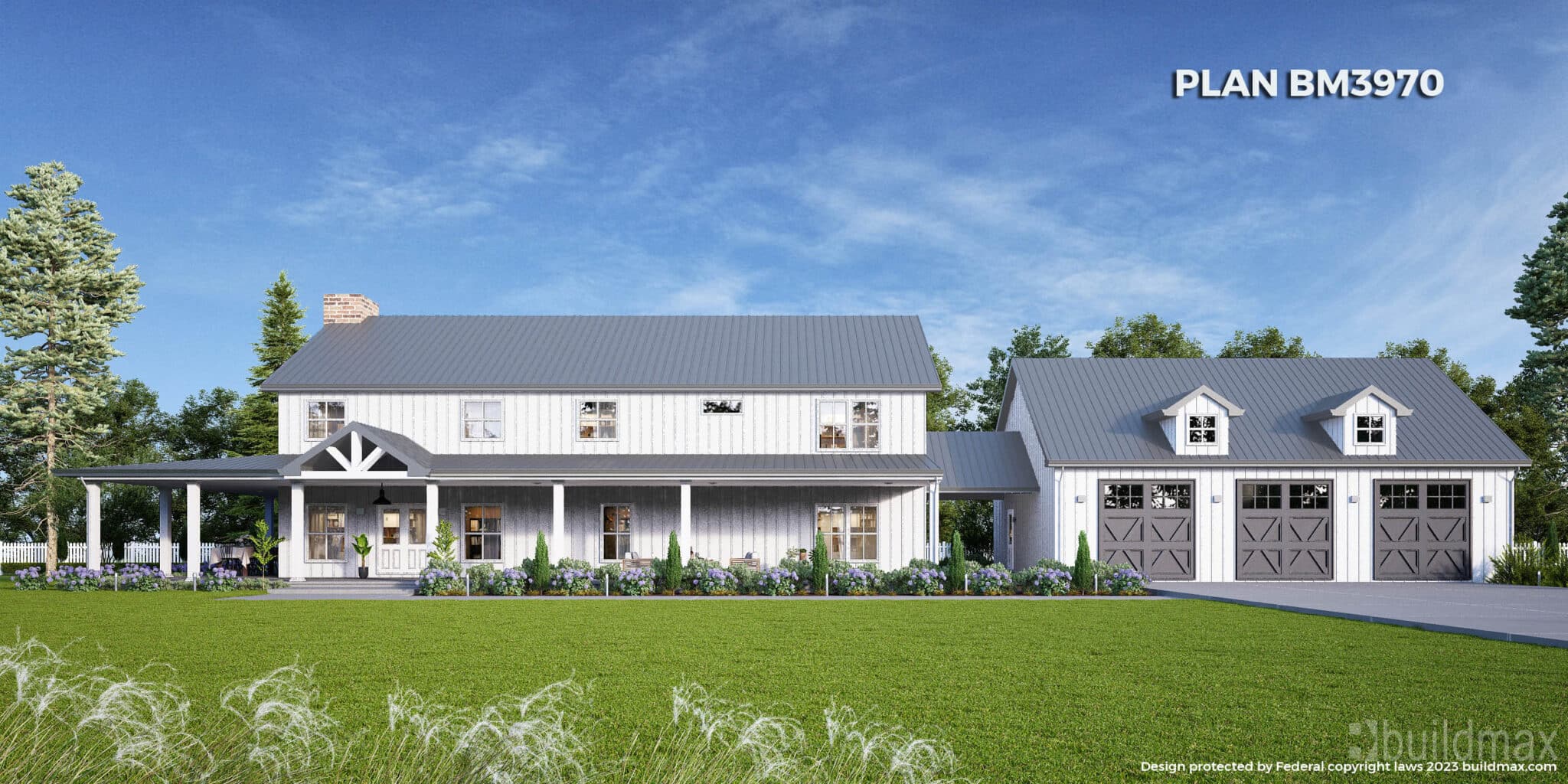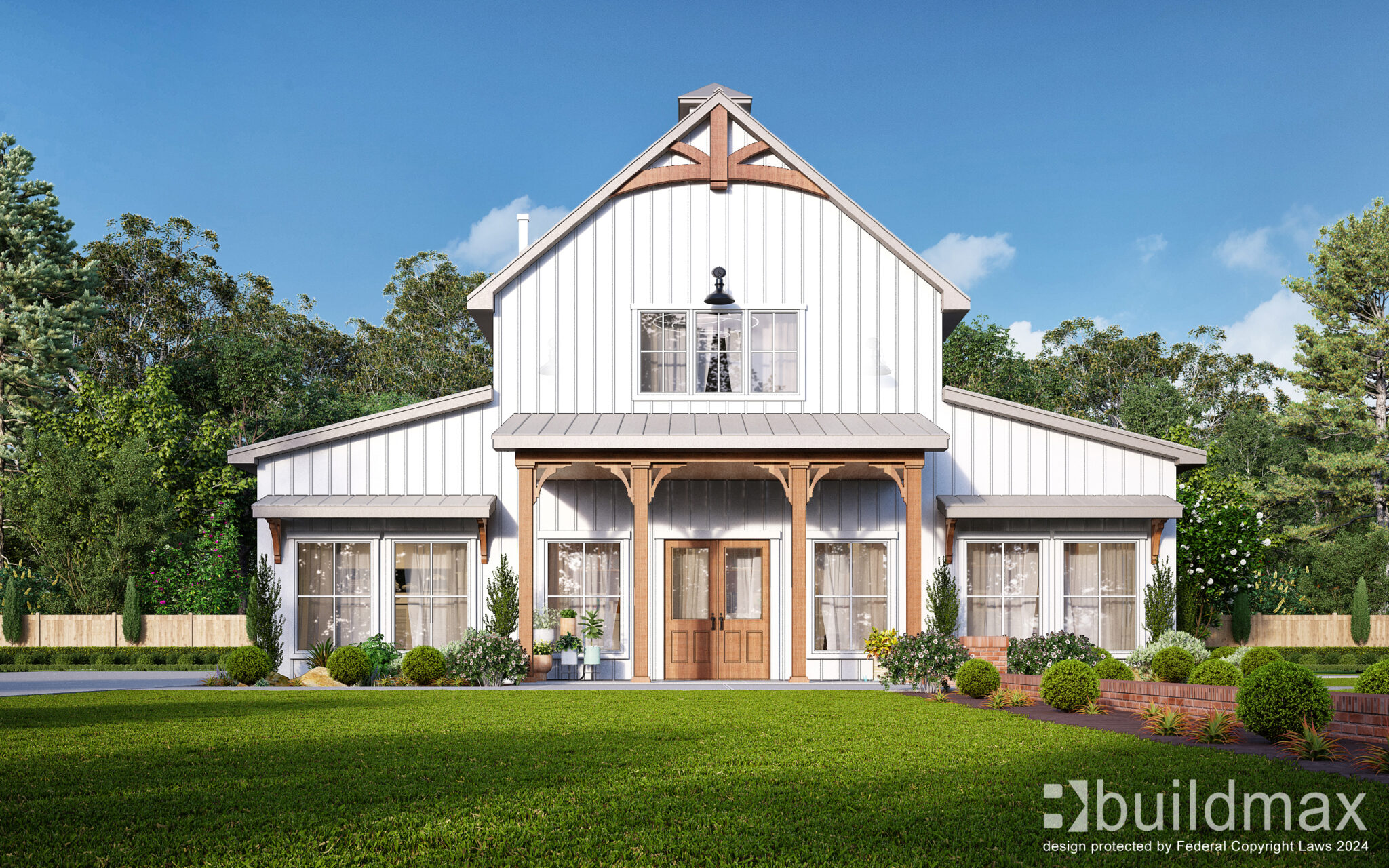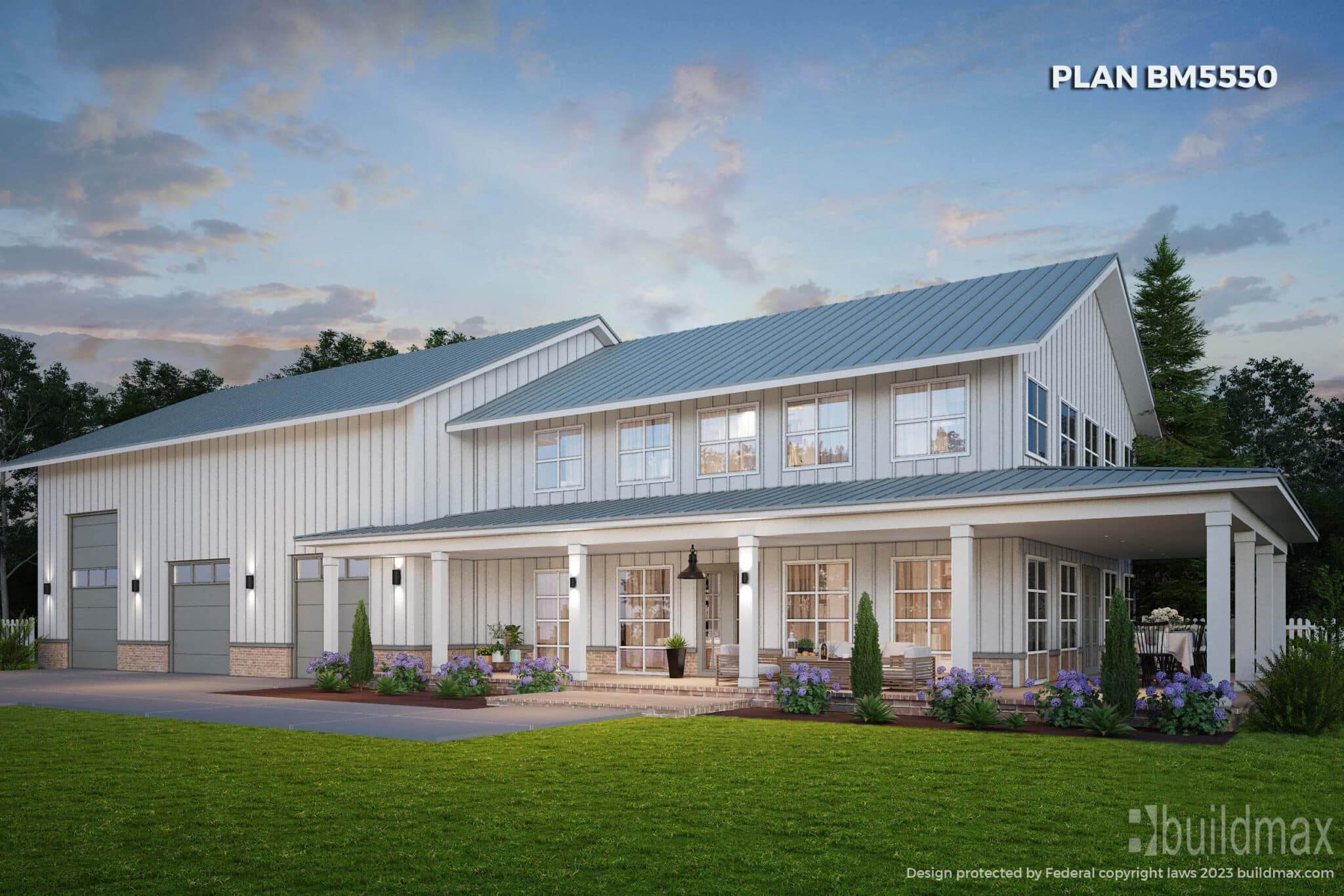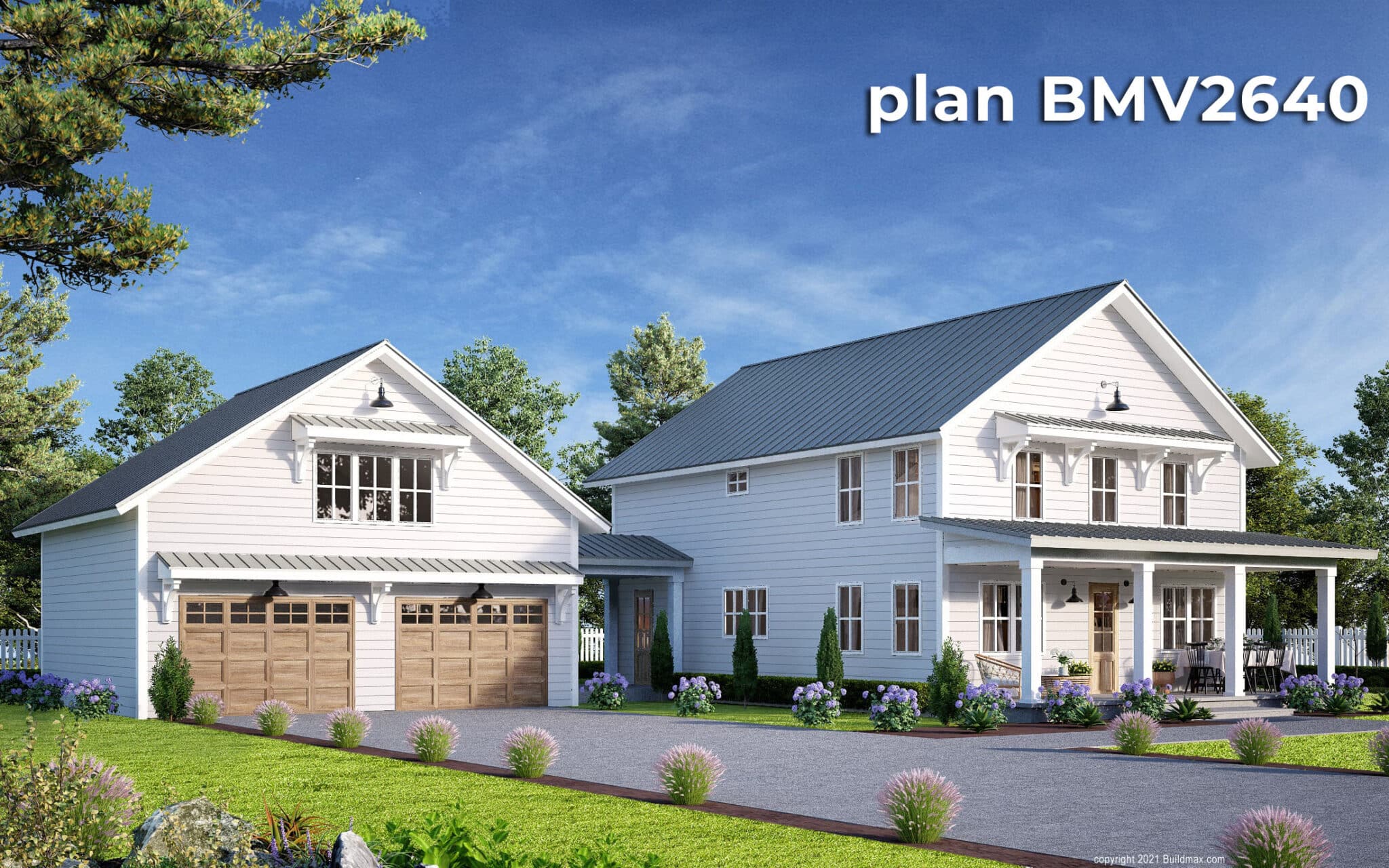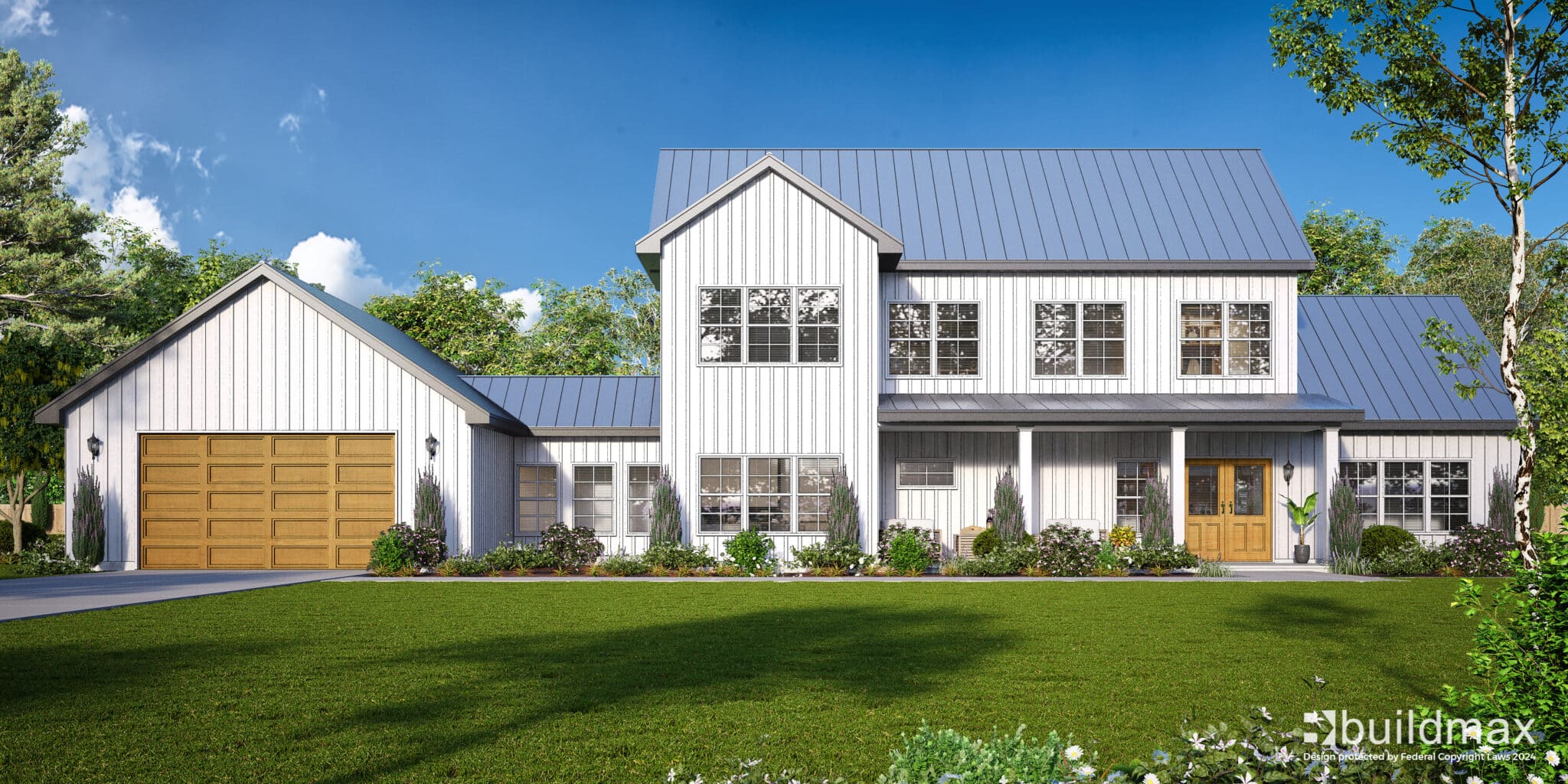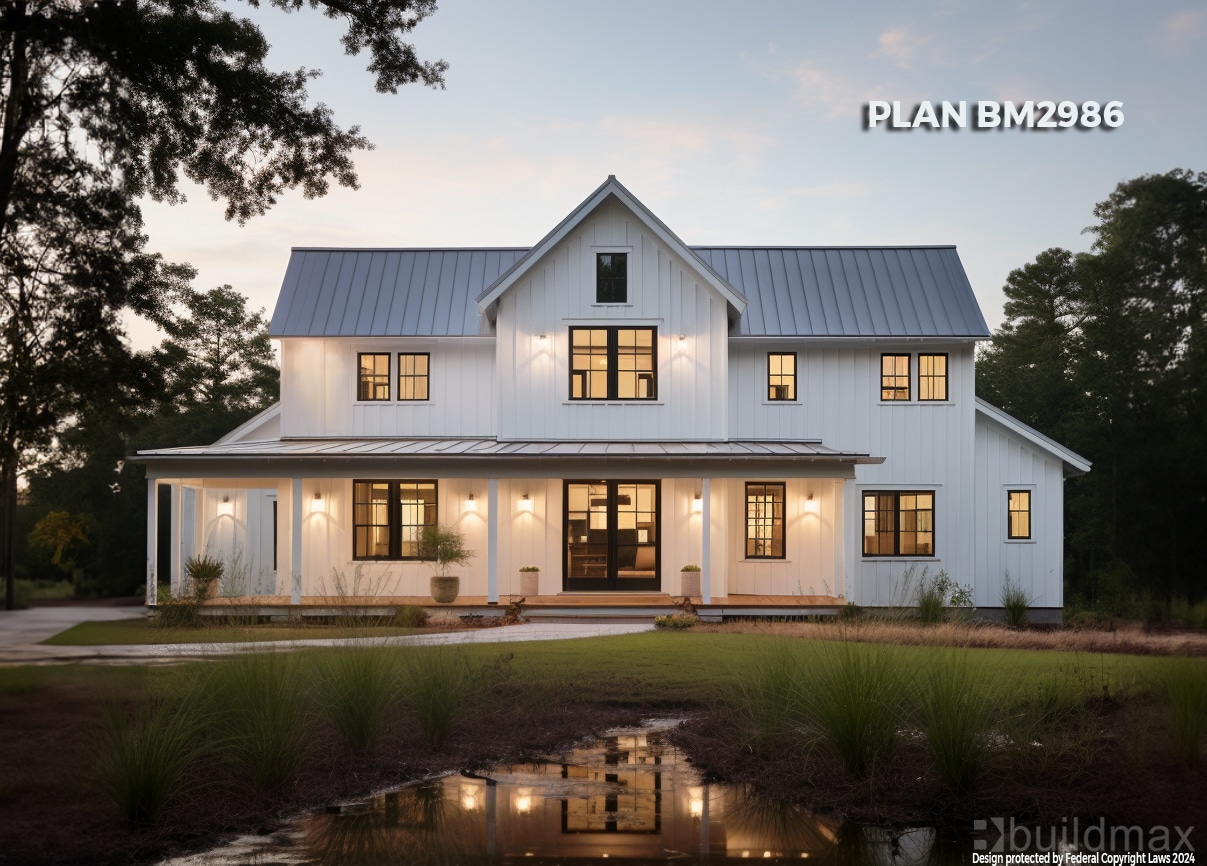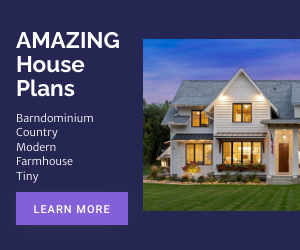**Is a Barndominium Considered a Single-Family Home? Here’s Why It Matters**
Barndominiums have gained traction as a stylish, functional, and affordable housing option for homeowners looking for something a little different. With an open-concept floor plan and a unique look that blends barn aesthetics with contemporary living, they’re an attractive option for many. But one question often arises for prospective barndominium buyers and builders: **Is a barndominium considered a single-family home?** The answer is yes—if it meets specific requirements. Understanding why barndominiums qualify as single-family homes and why this designation is essential can have a significant impact on zoning, financing, and resale value.
What Qualifies a Barndominium as a Single-Family Home?
To be considered a single-family home, a property must meet certain criteria defined by local zoning laws, lenders, and appraisal standards. A barndominium qualifies as a single-family home if it meets these key requirements:
1. **Permanent Foundation and Structure**
The barndominium must be built on a permanent foundation, meaning it is anchored securely to the ground and designed for long-term residential use. Temporary structures like mobile homes or RVs do not qualify as single-family homes, but a well-built barndominium with a solid foundation typically does.
2. **Residential Amenities**
A single-family home must contain the basic amenities of a residential dwelling, including a kitchen, bathroom(s), bedroom(s), and living spaces. Barndominiums that include these essential elements and are designed for year-round occupancy meet the standard for single-family homes.
3. **Compliance with Local Building Codes and Zoning Laws**
The barndominium must comply with local building codes and zoning regulations for residential properties. Some municipalities might require certain permits or modifications for a barndominium to qualify as a single-family home, but in most cases, if the property is built to residential standards, it will meet this criterion.
4. **Designed for Single-Family Occupancy**
By definition, a single-family home is intended to house one family unit, without shared walls or multiple living units. As long as the barndominium adheres to this design—meaning it isn’t divided into multiple residences—it can be classified as a single-family home.
Why a Barndominium needs to Be Considered a Single-Family Home
The classification of a barndominium as a single-family home carries significant implications for its value, financing, and functionality. Here are the main reasons why this designation matters:
1. **Easier Access to Financing and Mortgages**
Banks and mortgage lenders view single-family homes as a lower-risk investment than multi-unit or non-residential properties. This is particularly relevant for barndominiums, as traditional mortgage lenders are sometimes wary of alternative or unconventional housing. When a barndominium is classified as a single-family home, lenders are more willing to offer standard mortgage products, often with favorable rates. Additionally, this designation means that potential buyers can access FHA, USDA, VA, or conventional loan options, which usually come with better terms, lower down payments, and reduced interest rates.
2. **Higher Resale Value and Marketability**
The single-family home classification is crucial for resale potential. Most homebuyers are looking for single-family homes, and this designation signals to potential buyers that the property is built for residential use, meeting all applicable safety and construction standards. Homes classified as single-family properties tend to hold their value better and attract a larger pool of buyers, making them easier to sell when the time comes. Without this classification, a barndominium may be labeled as an alternative or “specialty” property, which could limit buyer interest and resale value.
3. **Property Taxes and Insurance**
Properties designated as single-family homes are often taxed at a different rate than commercial or multi-family structures, potentially lowering the owner’s property tax burden. Insurance is also typically easier and more affordable to obtain for single-family homes than for properties not designed or classified as residential. This is particularly relevant for barndominium owners who want to ensure their home is adequately covered in case of damage or natural disaster. Without single-family classification, insurance providers may view the structure as higher risk or commercial, leading to higher premiums or limited coverage options.
4. **Zoning and Compliance with Local Laws**
Single-family homes must adhere to residential zoning laws, which impact the use of the property, how it can be modified, and whether it can be rented or expanded. If a barndominium qualifies as a single-family home, it is subject to these residential zoning regulations, ensuring it remains compliant and eligible for residential use. This classification provides peace of mind that the property is legitimate and less likely to run into zoning issues in the future, which is especially important in areas where barndominiums are a relatively new concept.
5. **Opportunity for Future Renovations or Expansions**
Properties classified as single-family homes often come with greater flexibility for renovations, expansions, and additions. This means that a barndominium owner can update or expand the home over time without jeopardizing its classification or resale value. In contrast, properties with non-residential or alternative classifications may face restrictions on renovations or require special permits, limiting the owner’s ability to adapt the property as needs change.
6. **Qualifying for Homestead Exemptions and Benefits**
Some states offer homestead exemptions or tax breaks for primary residences, but only if the property is classified as a single-family home. These exemptions can provide substantial savings on property taxes, making it financially advantageous for barndominium owners to qualify. Additionally, some localities offer grants, energy efficiency programs, or assistance programs specifically for homeowners of single-family residences, making the single-family designation valuable.
Final Thoughts: Why Classifying Your Barndominium as a Single-Family Home Matters
As barndominiums gain popularity, the benefits of having them classified as single-family homes become clearer. This classification makes the property eligible for standard financing, enhances resale potential, and brings peace of mind by ensuring the home meets residential safety and zoning requirements. When a barndominium is built to the specifications of a single-family home, owners can access the full range of homeowner benefits—reliable financing, tax savings, insurance, and resale value—that come with conventional houses.
For those considering a barndominium, it’s worth taking the necessary steps to ensure the property qualifies as a single-family home. With a little planning, it’s entirely possible to enjoy the best of both worlds: the unique, spacious design of a barndominium and the practical benefits of a traditional single-family home.



